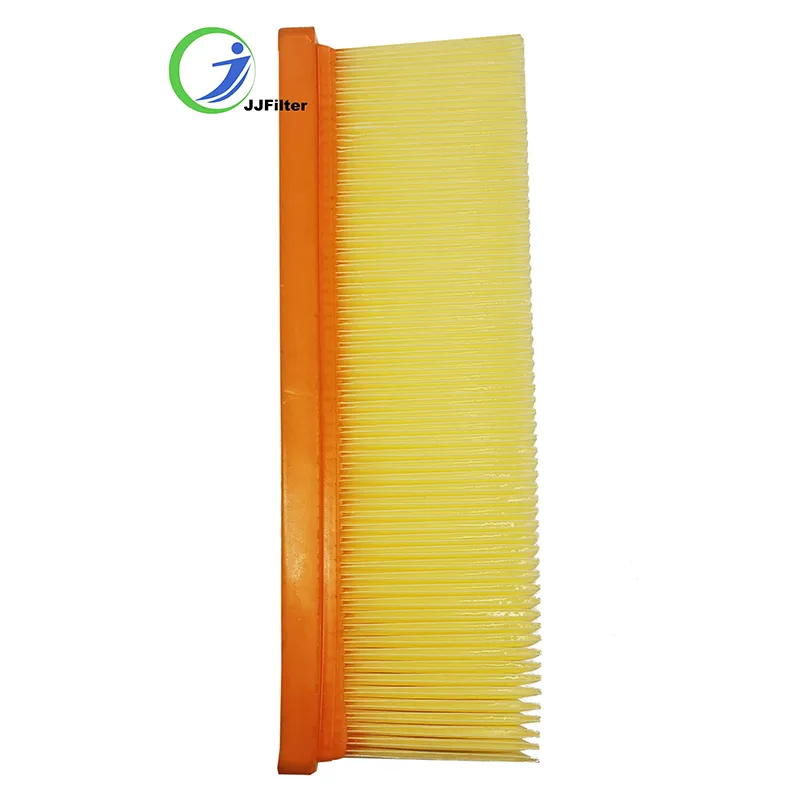Rubber Seal Strip Production and Manufacturing Solutions for Various Applications
Nov . 05, 2024 23:13 Back to list
Rubber Seal Strip Production and Manufacturing Solutions for Various Applications
The Evolution and Importance of Rubber Seal Strip Manufacturers
In today’s world, where efficiency and durability are paramount, the role of rubber seal strip manufacturers cannot be overstated. These manufacturers produce essential components used in various industries, including automotive, construction, electronics, and household appliances, among others. The rubber seal strip serves as a barrier to prevent water, dust, air, and noise infiltration, significantly contributing to the overall performance and longevity of products.
What Are Rubber Seal Strips?
Rubber seal strips are versatile components made from elastomers that provide sealing solutions for numerous applications. They can be designed in various shapes, sizes, and formulations to suit specific requirements. Commonly made from materials such as EPDM (ethylene propylene diene monomer), neoprene, and silicone, these seal strips exhibit properties like weather resistance, flexibility, and durability. They are often crucial in ensuring that doors, windows, and other openings maintain their integrity against the elements, thereby improving energy efficiency and user comfort.
The Manufacturing Process
The manufacturing of rubber seal strips involves several stages, starting from material selection to the final inspection of finished products. Manufacturers begin by sourcing high-quality raw materials, ensuring that the elastomers used possess the necessary properties to meet customer specifications. Following material selection, the process typically includes compounding, where raw rubber is mixed with various additives to enhance its performance characteristics, such as UV resistance, flame retardancy, and anti-aging properties.
Once the compounds are prepared, they undergo shaping through processes like extrusion or molding. Extrusion is commonly used to produce continuous lengths of rubber profiles, while molding is suitable for producing intricate designs and specific cross-sectional shapes. After forming, the rubber strips are cured through a process called vulcanization, where heat and sulfur cross-link the rubber molecules, significantly improving their mechanical properties.
The final stages involve quality control, where manufacturers conduct rigorous tests to ensure that the seal strips meet industry standards, such as ASTM or ISO certifications. These tests may assess tensile strength, flexibility, temperature resistance, and elongation characteristics, ensuring that the finished products are reliable and durable.
d rubber seal strip manufacturer

The Role of Technology in Manufacturing
In recent years, advancements in technology have revolutionized the rubber seal strip manufacturing process. Automation, computer-aided design (CAD), and computer numerical control (CNC) machining have enhanced precision, reduced production times, and minimized waste. Moreover, manufacturers now leverage materials science innovations to develop new rubber formulations that offer superior performance and sustainability. For example, some companies are exploring the use of bio-based rubbers and recyclable materials to reduce their environmental footprint.
Industry Applications
The applications of rubber seal strips are vast and varied. In the automotive sector, they are integral in doors, windows, and hoods, providing sound insulation and protecting against moisture and dust. In the construction industry, seal strips are essential for windows, doors, and roofing systems, contributing to energy efficiency and preventing air leaks. In electronics, they safeguard sensitive components from dust and moisture, ensuring reliability in performance.
Moreover, the demand for rubber seal strips is growing as industries continually seek improved energy efficiency and enhanced product performance. For instance, in the HVAC (heating, ventilation, and air conditioning) sector, effective sealing solutions are critical for maintaining temperature control and energy efficiency, leading to increased reliance on high-quality rubber seal strips.
Conclusion
As we navigate the complexities of modern manufacturing and sustainability, rubber seal strip manufacturers play a vital role in various industries. Their ability to innovate and produce reliable, high-quality sealing solutions contributes significantly to the efficiency and longevity of countless products. As technology continues to advance, the future of rubber seal strip manufacturing looks promising, with potential for new materials and processes that could further enhance performance and sustainability. The rubber seal strip is not just a simple component; it is a crucial element in creating high-performance products that meet the demands of today and tomorrow.
-
LED Neon Rope Light Outdoor Companies: Durable & Bright Solutions
NewsAug.27,2025
-
Premium Window Seal Strip Adhesive: Manufacturers & Suppliers
NewsAug.26,2025
-
Best Window Seal Strip Adhesive Companies: Strong, Durable Seals
NewsAug.25,2025
-
Karcher A2004 Wet & Dry Vacuum Filter: Premium Replacement Cartridge
NewsAug.24,2025
-
Premium Vacuum Filter for Karcher VC 4, VC 6, VC 7 & Tineco A10, A11
NewsAug.23,2025
-
Hi-Flo HF155 Oil Filter KTM 250 EXC Racing 03-06 | OEM 580.38.005.000
NewsAug.22,2025
